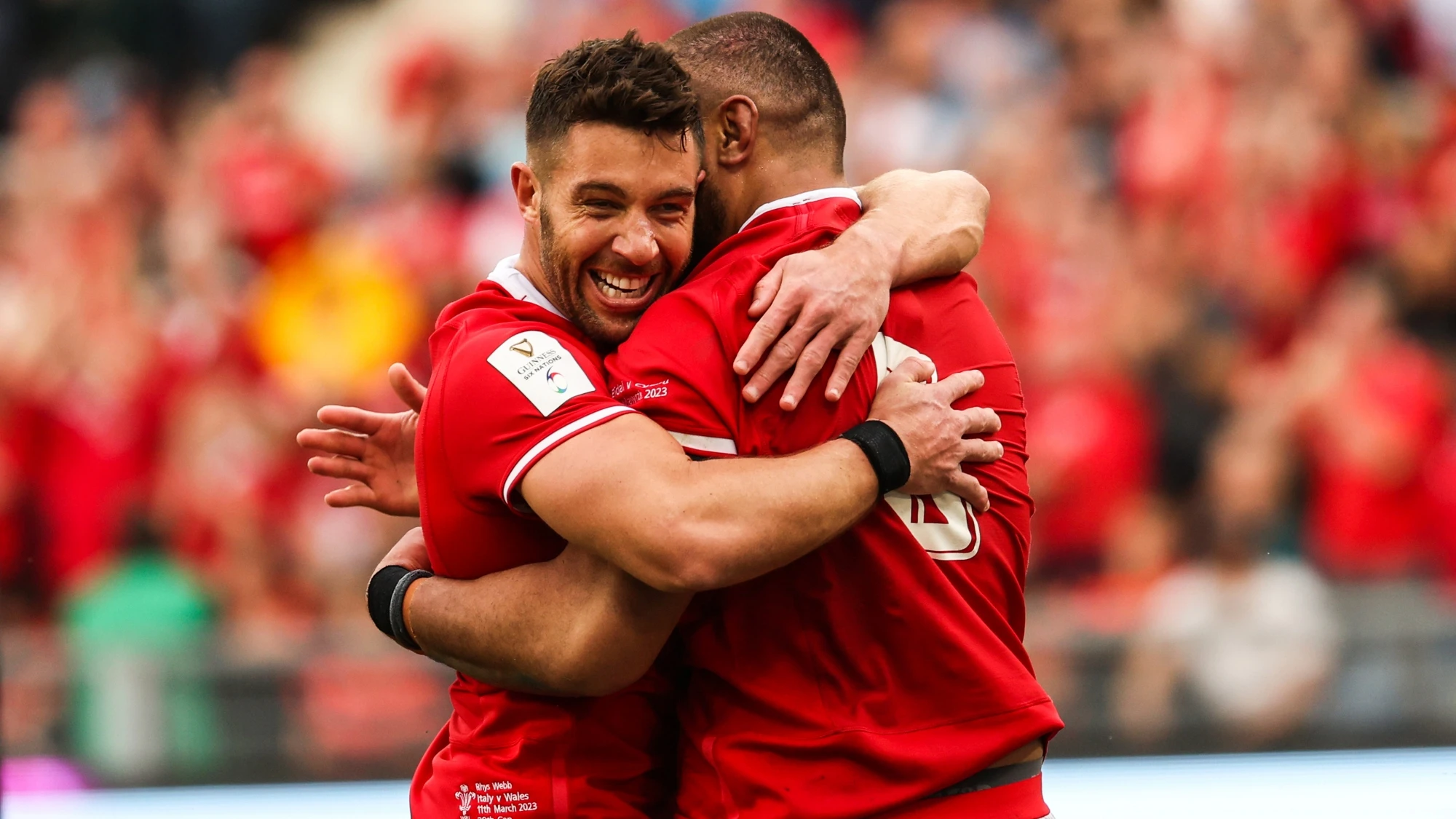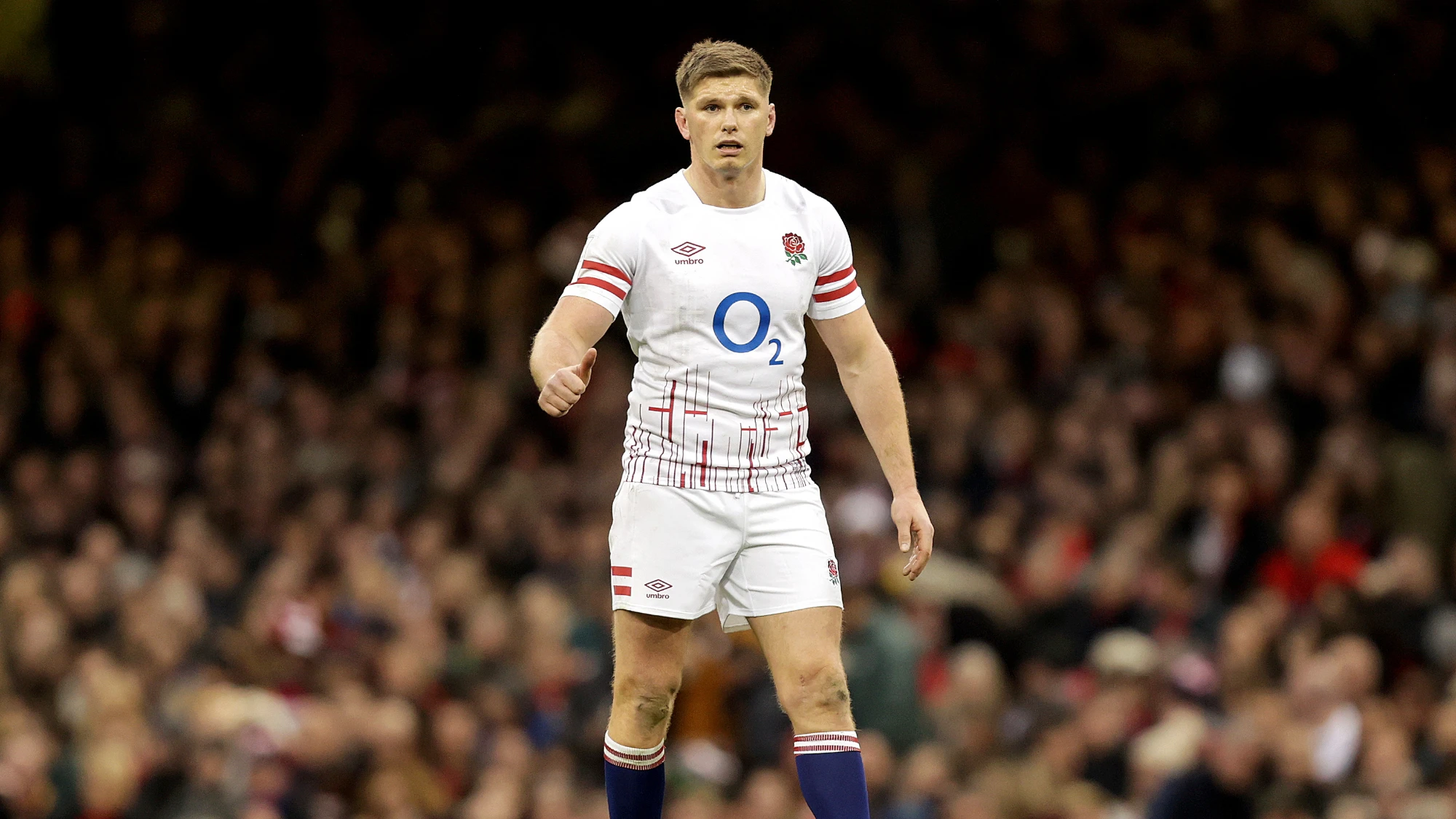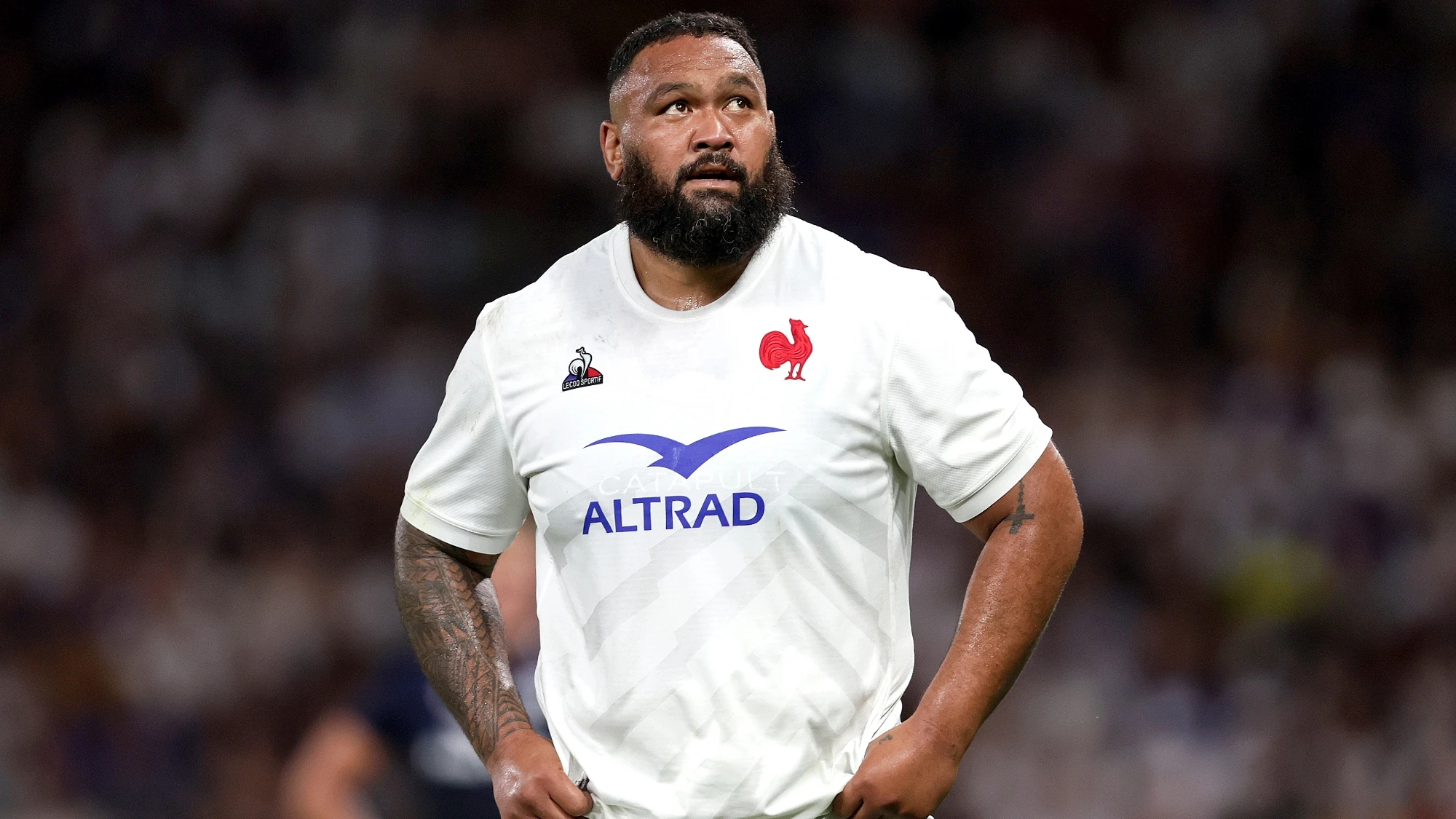Last week, Warren Gatland named his preliminary Wales squad ahead of the 2023 Rugby World Cup in September.
Wales face England twice and South Africa in consecutive weekends this August, where the 54 players will battle it out for their spot in the 33-man squad that will travel to France in the Autumn.
Drawn in Pool C alongside Australia, Fiji, Georgia and Portugal, Wales will attempt to improve from their fifth-place finish at the 2023 Guinness Six Nations.
In the meantime though, there are plenty of decisions that need to be made by Gatland and his coaching staff and we look at four potential dilemmas in Wales selection.
Does Thomas go straight into the squad?
Comfortably the most eye-catching selection in the Wales squad was the inclusion of prop Henry Thomas.
The 31-year-old was capped seven times by England between 2013 and 2014, including winning the Triple Crown against Wales.
However, due to World Rugby’s changes to the eligibility criteria, he is able to change nationalities as it has been more than three years since his last cap and his father being Welsh.
Now Thomas, who has spent the last two years at Montpellier, faces a battle to make the 33-man squad and find himself back in France.
Gatland spoke about the point of difference that Thomas brings as an experienced tighthead, which suggests he will certainly get the opportunity.
Tomas Francis and Dillon Lewis appear to be all but guaranteed spots on the plane but the third tighthead is unclear.
Uncapped Cardiff duo Keiron Assiratti and Will Davies-King are the others vying for a shot but based on Gatland’s comments, it seems Thomas may be the favourite for selection.
How will Gatland balance the second row and back row?
With a limited number of spots available, the balance between second row and back row is often one that coaches will try to strike.
For Wales here though, selecting ten players across the back five of the pack is far from straightforward, as players return and several positions are unclear.
In the second row, you can surely assume that both Adam Beard and Alun Wyn Jones are assured of selection, while Dafydd Jenkins played a big role in the 2023 Championship.
It has become more complicated though with the return of Will Rowlands and Cory Hill, two players with experience and in Hill’s case, having played under Gatland previously.
The key to finding the balance appears to be Christ Tshiunza, the Exeter Chiefs’ 21-year-old, who was originally a second row, before moving into the back row for club and country.
His selection would cover both the back row and second row, allowing Gatland to select five specialist back-row forwards.
Justin Tipuric, Taulupe Faletau and Jac Morgan appear to be his favoured back row, while Tommy Reffell has only impressed in a Wales shirt.
The likes of Aaron Wainwright, Taine Basham and Dan Lydiate could yet feature too, which should make those warm-up games worth the price of admission alone.
Who make up the half-backs?
During the Guinness Six Nations, even Dan Biggar was not a definite starter at half-back, as proven when dropped to the bench against England and not in the squad at all in Rome.
Biggar will surely be included and likely start but the rest of the half-backs are less clear.
Scrum-half Rhys Webb was player of the match against Italy and retained his spot for the final match against France, with Tomos Williams coming off the bench, as Owen Williams and Biggar alternated at fly-half.
That would make it reasonable to assume those four players will be heading to France although not guaranteed.
Assuming Gatland takes six players at half-back, that would leave a scrum-half and fly-half slot available.
Scarlets pair Kieran Hardy and Gareth Davies will likely be up against each other for the third scrum-half slot, while at fly-half, it appears to be a straight shoot-out between Gareth Anscombe and Sam Costelow.
The question there is, does Gatland choose experience and versatility in Anscombe or go with the youthful exuberance of Costelow?
How do the centres stack up?
In the Championship, Gatland used three different centre combinations and in four of the five matches, Joe Hawkins lined up at inside centre, a player who is unavailable for the World Cup.
Nick Tompkins lined up at inside centre against France, while Mason Grady and George North both featured at outside centre.
It seems likely those three will be included, leaving presumably one spot up for grabs, unless North is chosen as a hybrid centre/wing.
There is a lot of excitement around Max Llewellyn, while Keiran Williams has impressed for the Ospreys.
Neither has won a cap yet, making those three warm-up games particularly important for either of them to try to push as a bolter.



